15 Ferociously Cute Sand Cat Facts
They might be cute, but these desert-dwelling hunters are masters of survival! Read on to find out more about these fearsome felines!
Yes they have cute ears and big paws... but there's much more to this wild creature than just their cuteness! They're the smallest wild cat in the world, but the sand cat is definitely no pushover! Read on and learn some super-interesting sand cat facts!
For more feline fun, check out this roar-some list of leopard facts, this fluffy collection of ragdoll facts, or even see how your cat skills stack up with our ultimate cat quiz! Purr-fect!
Ready to meet this furry desert survivalist? Let's read on!
1. Felis margarita!
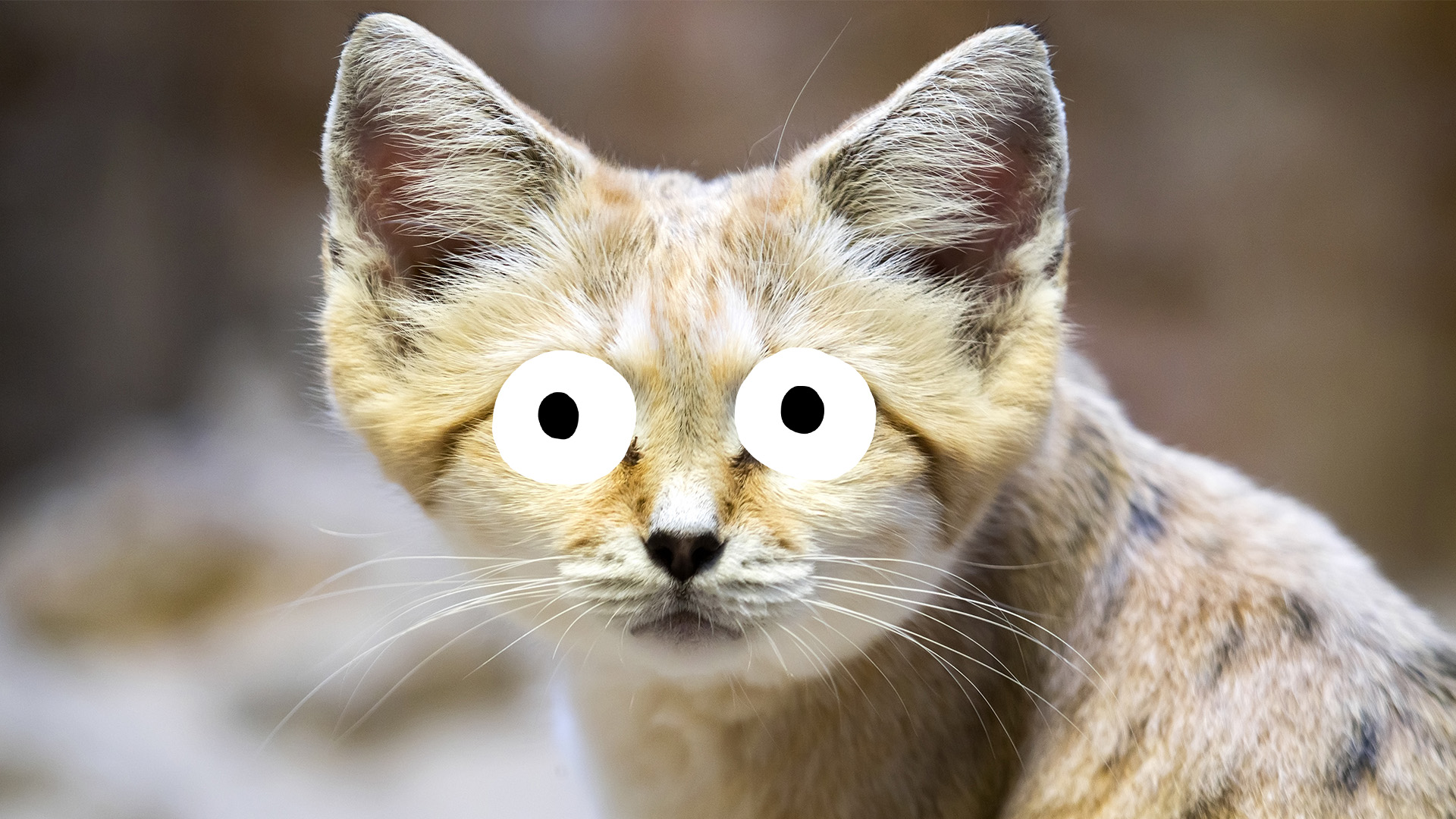
Nope, it's not a cocktail - Felis margarita is the scientific name for the sand cat! The name was given to it by a Victor Loche, who was a French soldier in North Africa. Felis means cat (like feline) and the margarita part was named after a French General (Victor's boss!). Imagine naming a cat after your boss!
2. They live in two places
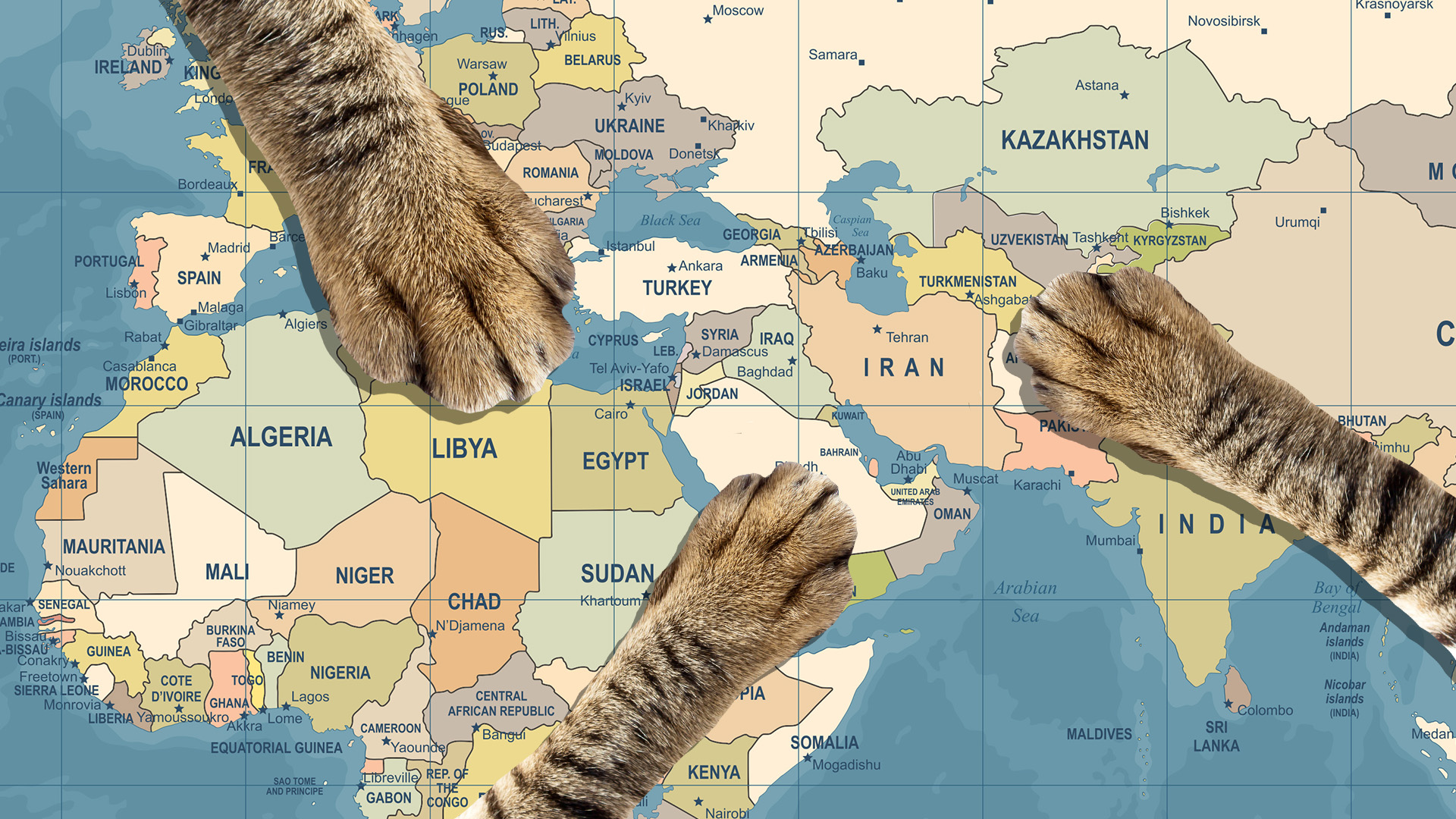
The sand cat lives in sandy parts of Africa and Asia. One group lives in the Sahara (across Morocco, Algeria and Niger). Another lives in the Arabian peninsula (Saudi Arabia and Yemen), and there is another group a long way away in Central Asia (Afghanistan, Iran and Pakistan). So they get about!
3. They're desert survivors
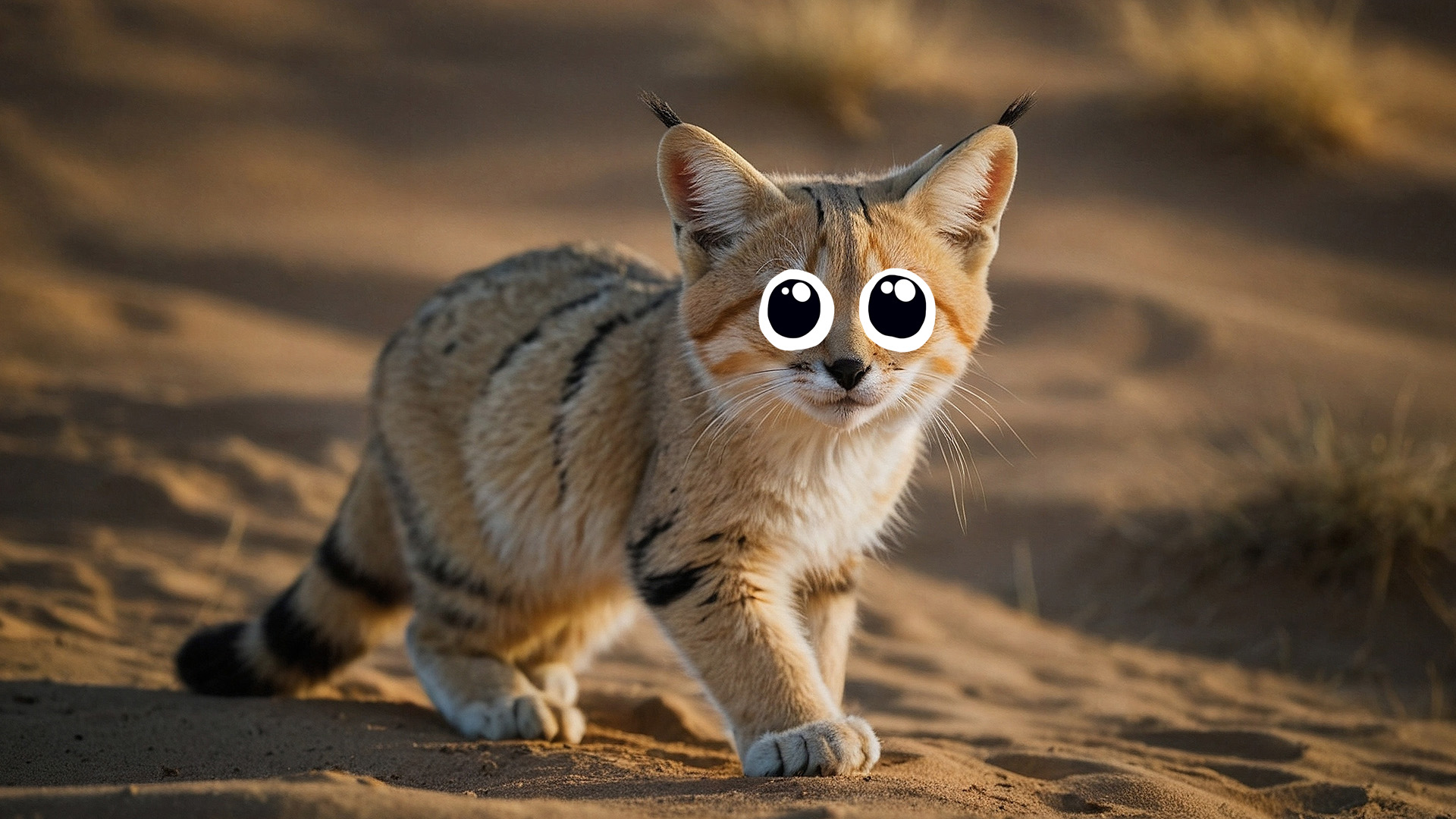
Surviving the desert is really hard, and you need specialist equipment to do it. Sand cats have a fur coat that doubles as both camouflage and climate control. They have double layered fur on their paws to stop them burning on the hot sand. They're smart too - and are often found around cooler patches of greenery. With temperatures that swing from scorching to freezing, sand cats need to know when to cool off and when to snuggle up!
4. The smallest wild cat
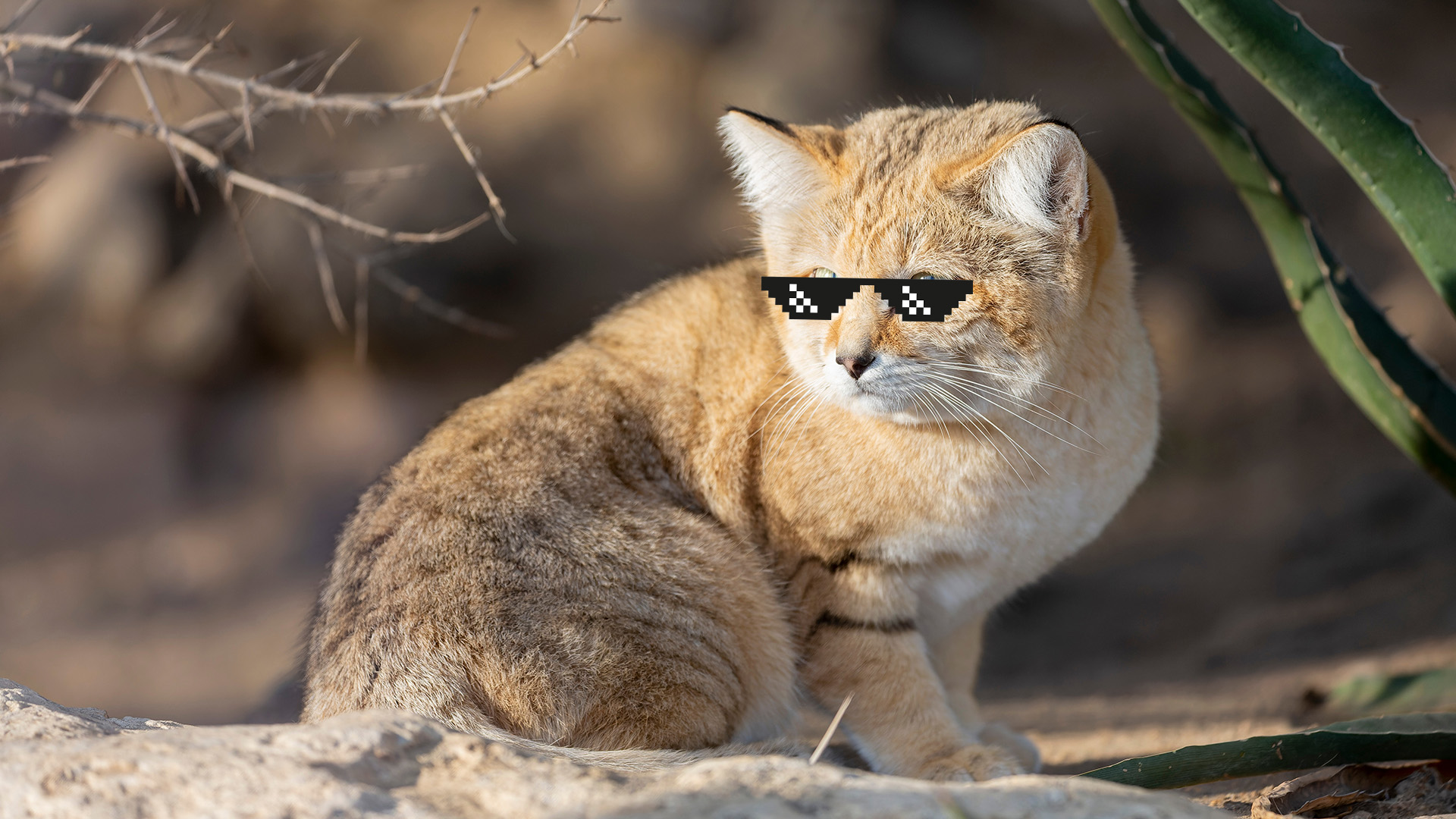
Sand cats are smaller than other wild cats like lions, leopards and jaguars. In fact, they're the smallest wild cat in the whole world! Compared to a house cat though they're pretty chunky. Their small size makes it easier to survive in the harsh desert environments - they don't need as much food, and they can survive on smaller prey. More on that in a minute!
5. They grow up fast!
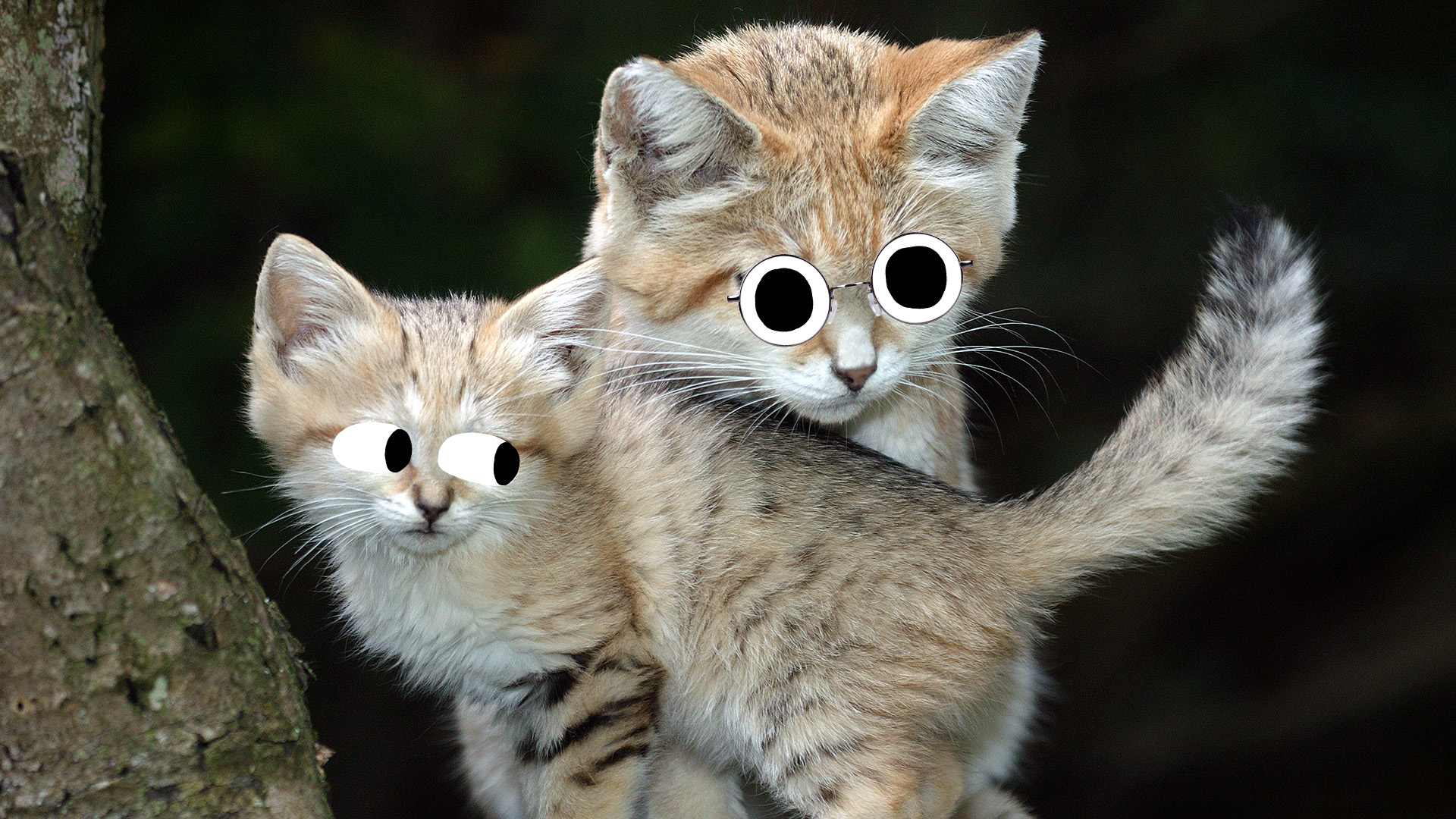
Sand cat kittens start off as helpless cute fluffballs, but they quickly bulk up and learn how to look after themselves. Within a few months they’re already striking out on their own, mastering the art of hunting and honing their desert survival skills. Again, growing up fast helps them survive and make more sand cats!
6. They can live a long time
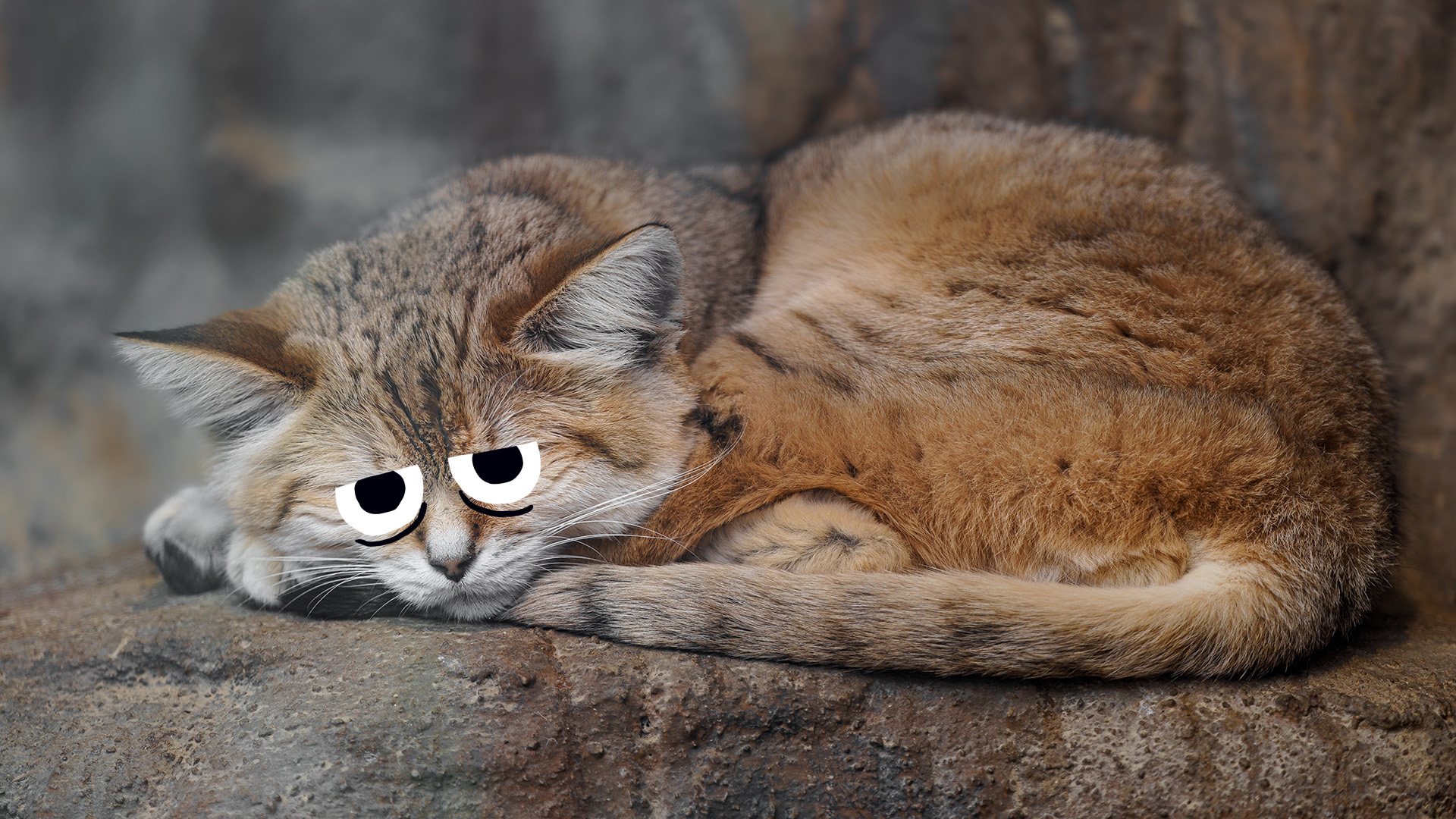
Sand cats have lived up to 16 years in captivity! This is a pretty long time, but people think they could even survive for longer in the wild. Even though they are pampered and cared for in zoos, their natural desert environment will be better for them in many ways. Because of their secretive lifes, we actually don't know how long they live for in the wild!
7. They're loners
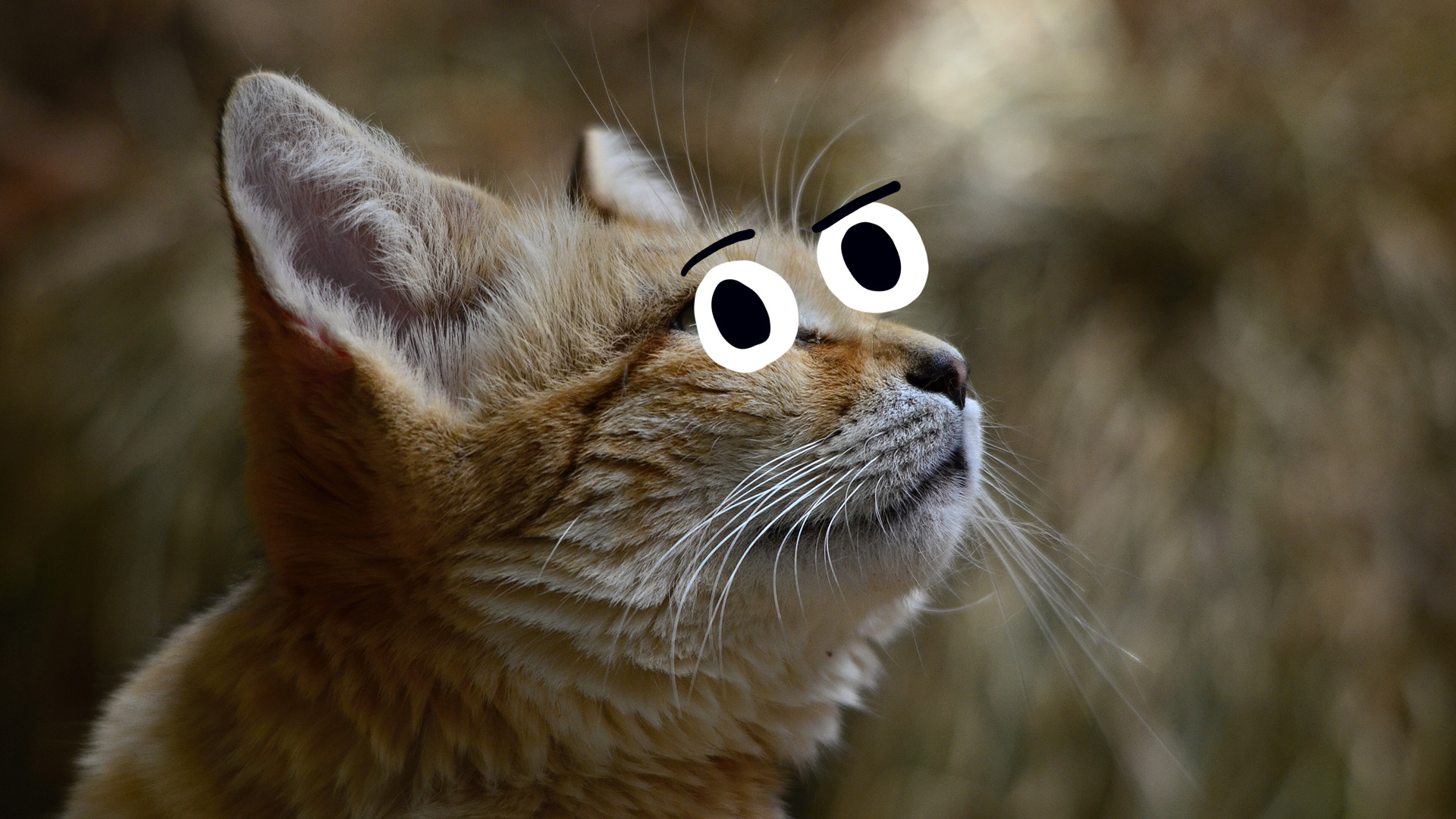
Spending time alone suits the sand cat just fine. While they may share their turf with fellow felines, they prefer to keep to themselves, avoiding the drama of fighting with their neighbours. They do talk to each other, and make lots of noise when they're trying to attract a mate!
8. They're really hard to find
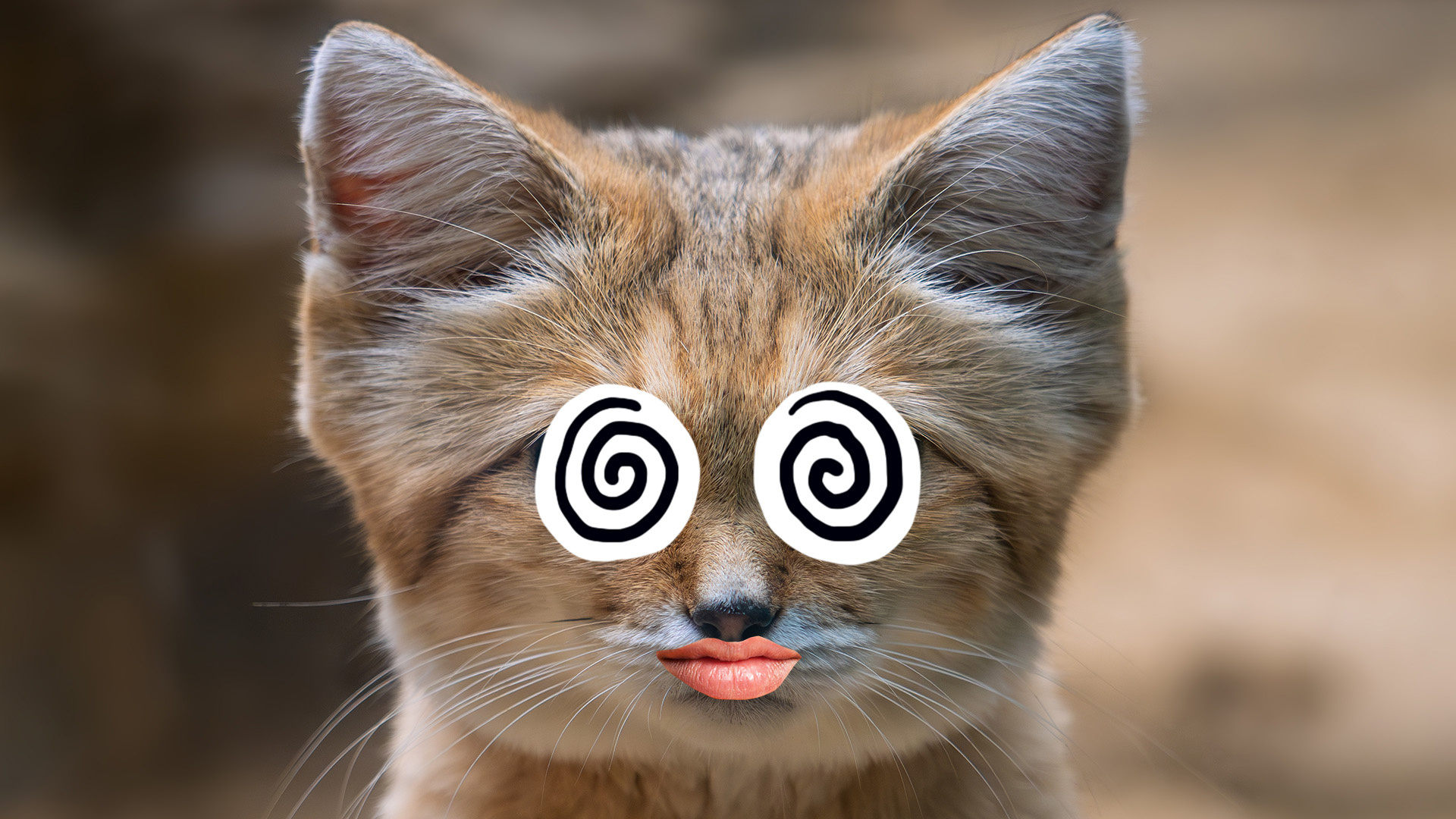
Sand cats are masters of disguise! Their coats perfectly blend in with the desert environment, and they have plenty of other tricks up their sleeve too. The furry feet that we mentioned before stop them from sinking into the sand and leaving footprints. They also bury their poo (we don't know why), so they are really hard to find in the wild!
9. They can last a long time without water
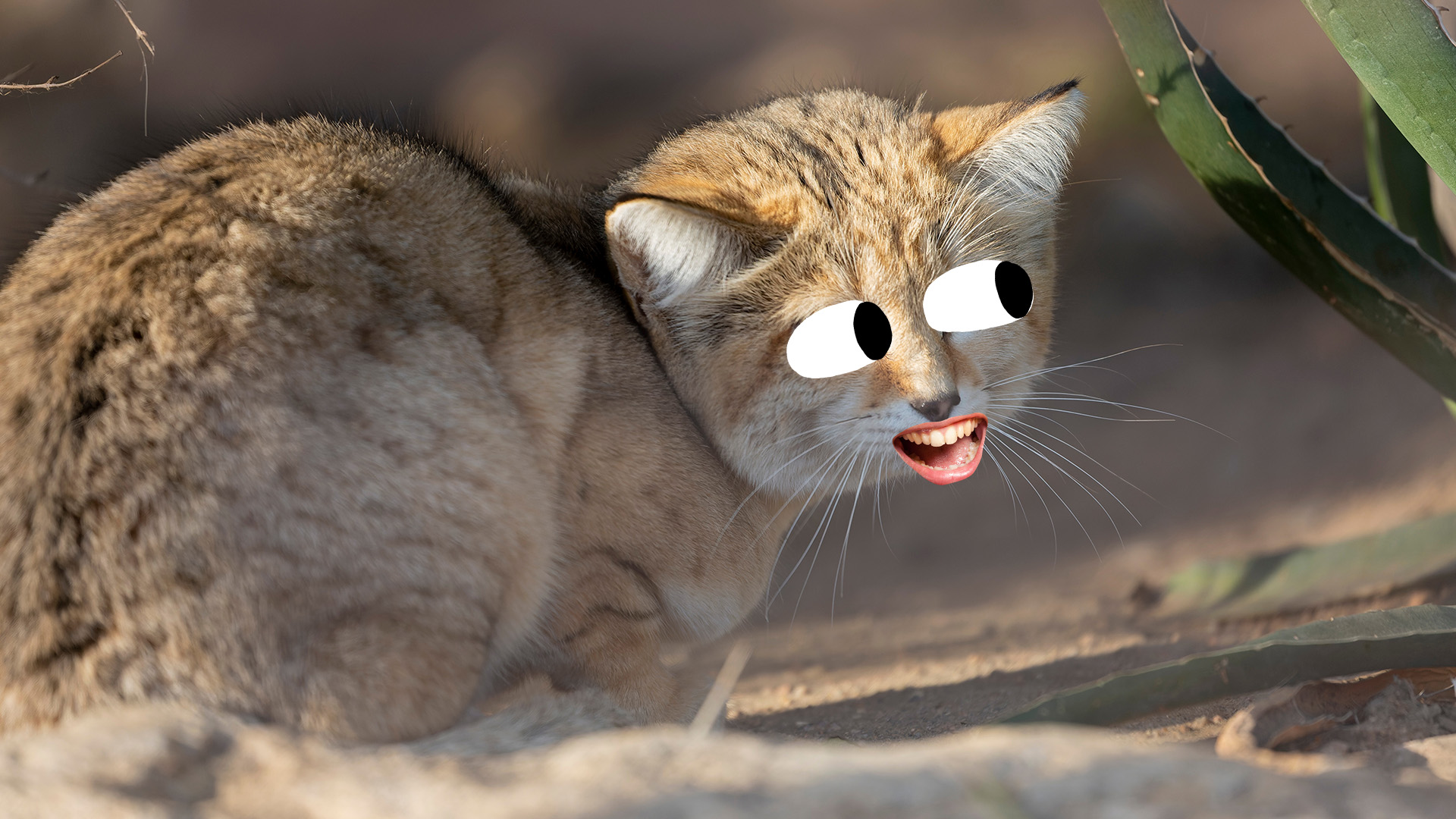
This is a very handy trick for a desert-dwelling cat! Their habitats usually get less than 20mm of rain evey year. That's hardly anything! They almost never drink actual water, and survive on the water in their food. They'll drink if they find it - but it's more of a treat than an essential!
10. They travel a long way
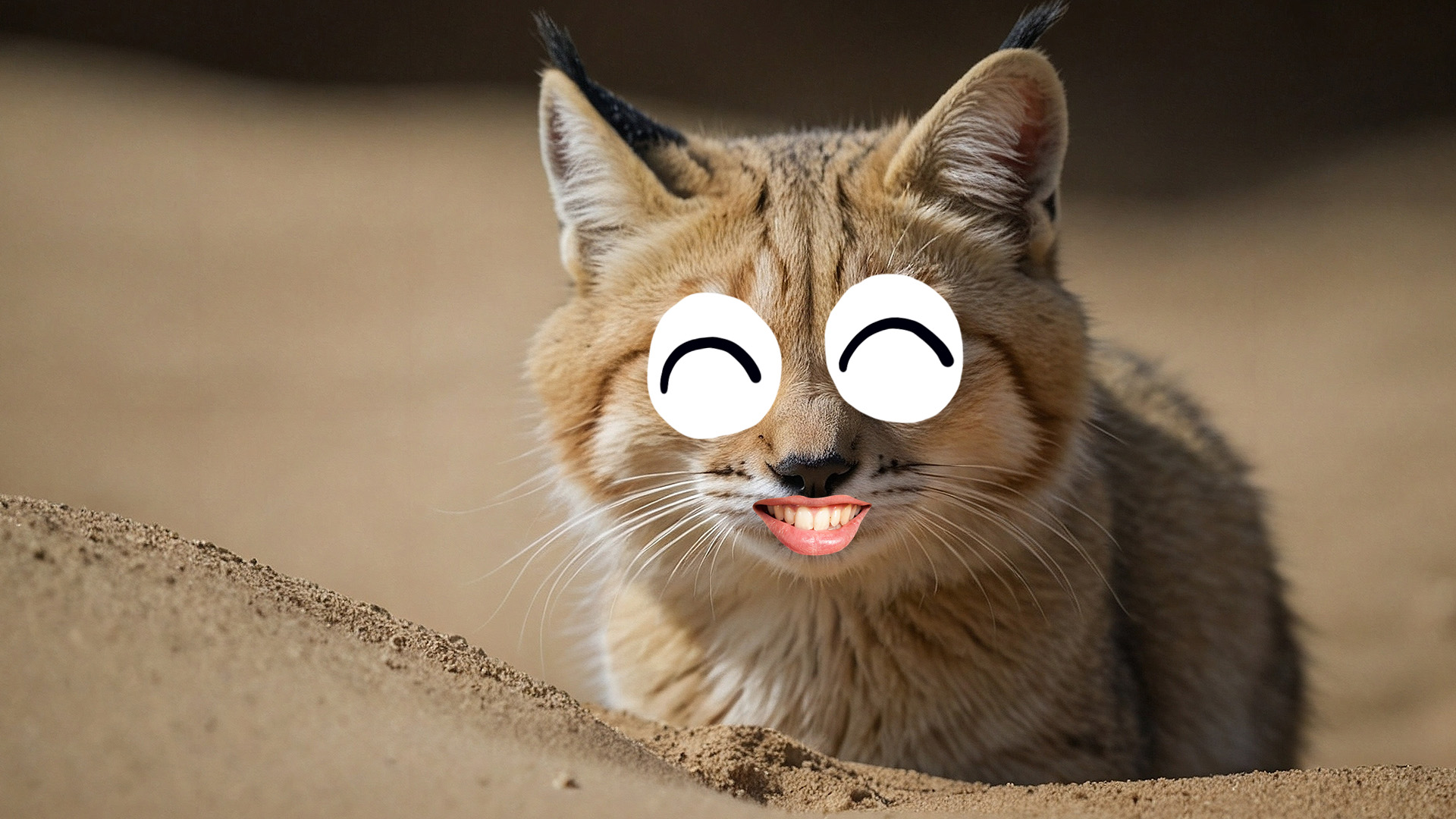
Sand cats can walk for miles and miles! Sand cats have been known to travel 10km in a single night. They can also run really fast over short distances - up to 40 km/h! There isn't much food in the desert, so covering a lot of ground is the best way to track it down!
11. They have great hearing!

Sand cats have amazing ears. They have better hearing than other wild cats, and the inside parts of their ears are much bigger than with creatures like Pallas cats, and even lions and tigers! They also have extra furry ears to stop desert sand getting in there!
12. They bark!

So sand cats can make all the noises that you would expect... purring, meowing, growling, hissing... but they can bark too! Their bark sounds a bit like a high-pitched yappy dog bark. They do it loudly when they want to tell other sand cats that they are there, and they want to be left alone.
13. They love digging

Like all cats, sand cats are meat eaters. Their favourite food is snakes, birds, reptiles and small mammals like rabbits and mice.They also eat insects - which is pretty unusual for a cat. They often hear food hiding underground, and use their paws to dig them out. They are very skilled hunters - but you have to be if you want to eat snakes!
14. They don't make good pets

Sand cats may look cute, but they are wild animals. Very wild, in fact! Having a sand cat in your home wouldn't be fun for you (you would get badly scratched) - but it would be worse for the sand cat. They need wide open spaces to survive, so the best hing we can do for them is just leave them alone.
15. Humans are the biggest threat to these cats

Sand cats are not endangered, and actually humans have worked on protecting them better in recent years. But the biggest threats to sand cats are poaching, and the effects of human cities and towns growing into their territories. It's important to look after these amazing animals - and that means understanding how us humans are affecting them!















